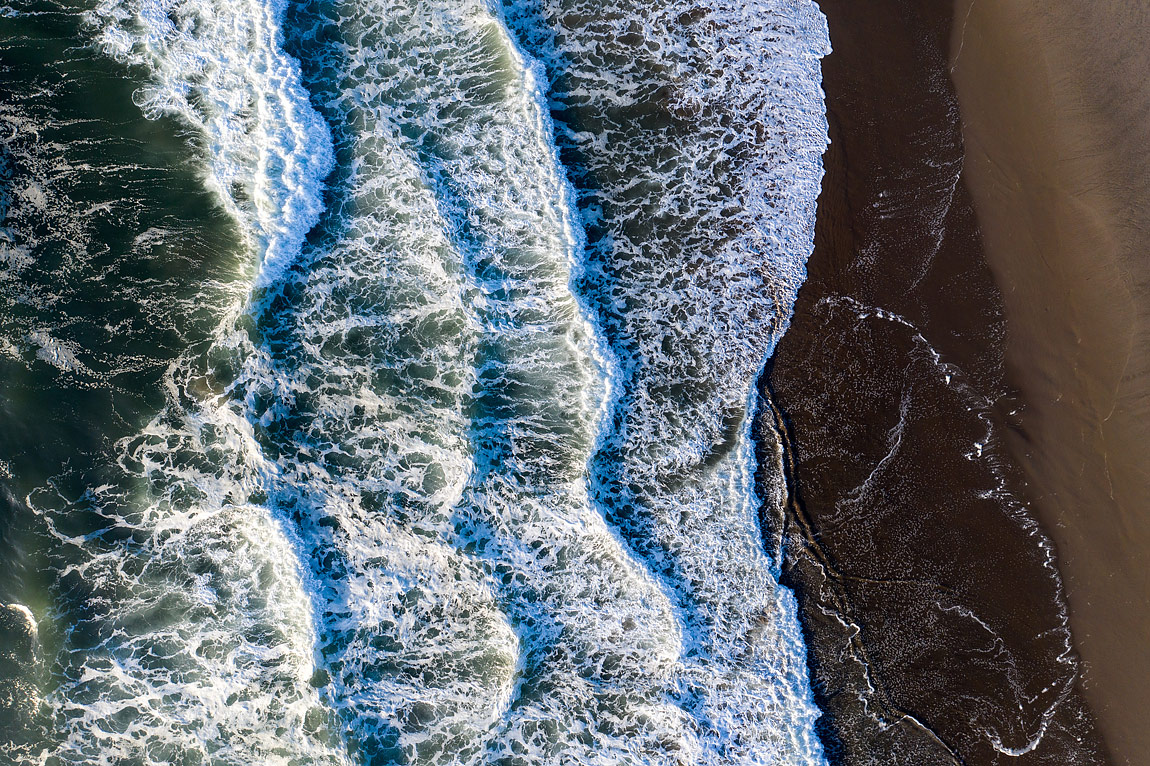“You know, the Pacific is the ocean that roars,” declared Jack, our new next-door neighbor from Connecticut. This was a new concept for me, having spent my whole life on the West Coast in Washington and Oregon. Yes, I had trips to New England, Maryland, Virginia and Florida, but they were never long, and the sound of the Atlantic never registered with me.
It’s true that the surf off Bandon occasionally is so loud that the locals or visitors complain. When our family first visited us for the first time, our granddaughter wanted to know what that noise was and if one could turn it off. However, for my wife and me, the roar of the Pacific is a welcome background noise and helps us sleep at night.
But is the Pacific an ocean that roars? Well, yes. In Bandon, there are a lot of contributing factors that help it roar. First, there are the Westerly trade winds that blow east to west in the northern hemisphere, which blow the waves towards the Pacific coastline and away from the Atlantic coast. Second, there is the fetch, or the distance over which the wind blows over the water, i.e., the longer the fetch, the greater the wave height.
The other major contributing factor is the geology of the two coastlines. In general, because of the movement of the tectonic plates, the Pacific coast shore is generally deeper and has a short continental shelf, allowing the waves to be larger as they approach the shore. The Atlantic Coast has a longer, shallower shelf with many bays and marshes, which reduces the wave height. So, if you visit, enjoy the roar.
The image here of Bandon’s surf was taken with an early model DJI Mavic, which has a 20 mp sensor and is aimed straight down.


